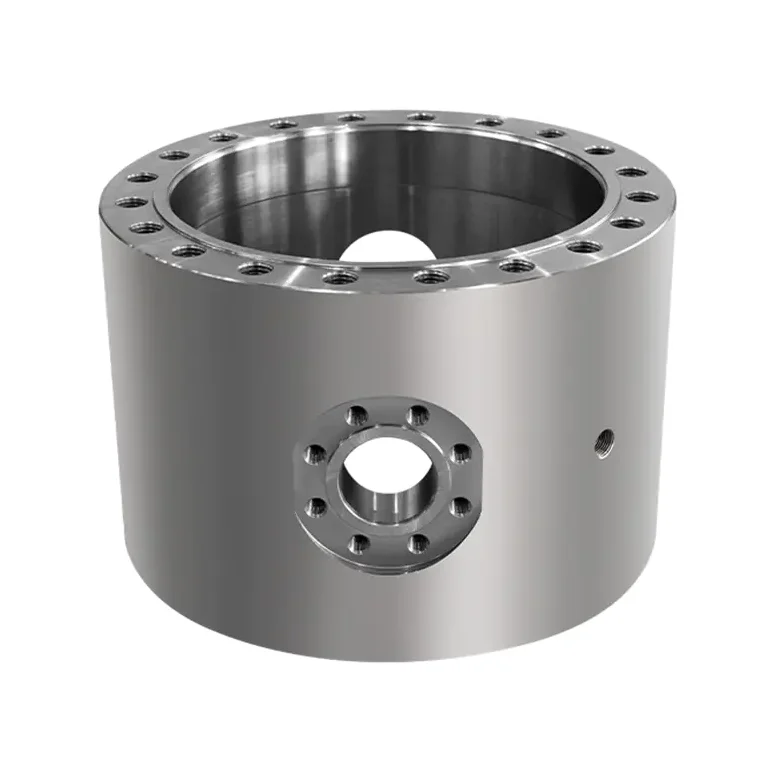Ball valves rely on a sturdy and well-constructed valve body to provide a reliable seal and control fluid flow effectively. The valve body serves as the foundation that holds all other parts, including the ball, seats, and stem, in place. Its design impacts the valve’s ability to handle pressure changes and resist wear caused by different fluids.
In many applications, the ball valve body must meet industry standards for strength and corrosion resistance. For example, valves used in chemical processing often require bodies made of stainless steel or other corrosion-resistant alloys. On the other hand, general water or gas pipelines may use valve bodies fabricated from brass or carbon steel, balancing durability with cost.
The structural integrity of the ball valve body affects how well the valve seals when closed. The body houses the cavity where the ball rotates to start or stop the flow. If the body is not machined accurately or made from substandard materials, leaks may occur, leading to safety concerns and inefficiency in the system.
Valve bodies are designed in different shapes depending on the flow requirements and installation conditions. Common configurations include two-piece, three-piece, and one-piece designs. Two-piece bodies allow for easier maintenance, as the valve can be taken apart without removing the entire valve from the pipeline. Three-piece valves offer more serviceability and replacement options for internal parts without disturbing the pipe connections.
When choosing a ball valve body, it is important to consider the pressure rating and temperature limits, which are directly related to the body’s construction and material. A well-selected valve body ensures consistent performance in controlling flow and contributes to the overall lifespan of the valve.





